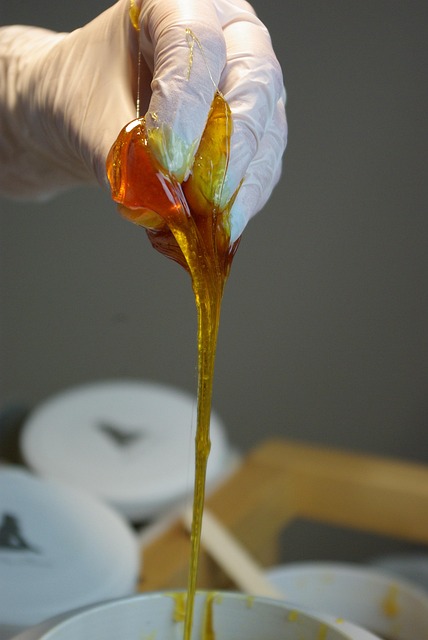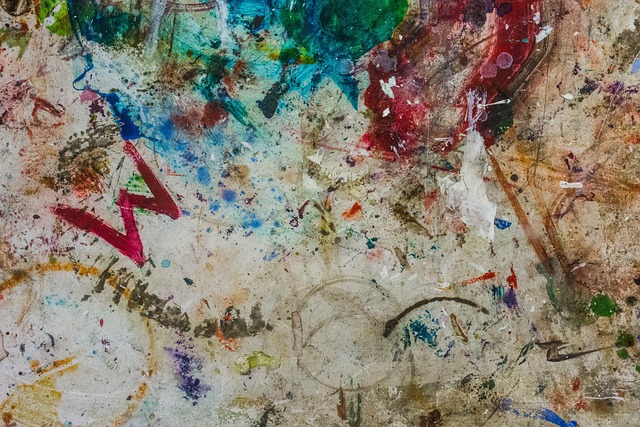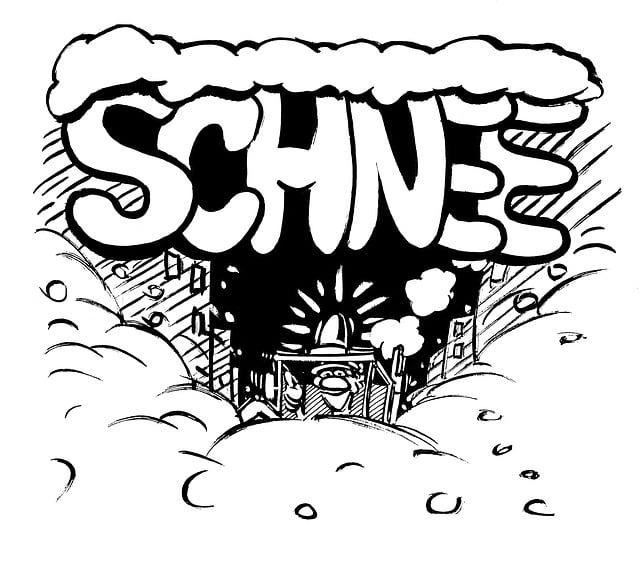Carpet and upholstery stain removal is a complex task due to various stain types and fabric compositions. Immediate action for spills, pre-treatment, and proper cleaning solution selection are crucial. Techniques differ based on fabric type, with natural fibers requiring gentle pH-neutral cleaners and synthetics tolerating stronger solutions. Steam and chemical cleaning methods offer distinct advantages; steam is ideal for natural fibers while chemicals target stubborn stains. Professional services excel at handling complex stains, ensuring fabric health. Regular deep cleaning, spot-cleaning, and protective measures prevent stain buildup. Correct cleaner selection, gentle blotting, and thorough drying avoid damage and maintain fabric integrity.
Carpet and upholstery stains are a common dilemma, but understanding their causes is the first step towards effective stain removal. From coffee spills to pet accidents, various factors contribute to these unsightly marks. This article guides you through the process of tackling stubborn stains, offering insights on pre-treatment, choosing suitable cleaning solutions, and exploring different cleaning techniques. Learn how to navigate the debate between steam and chemical cleaning, determine when professional services are necessary, and prevent future stains from settling in. Discover expert tips for maintaining a stain-free environment and avoid common mistakes to ensure your carpets and upholstery remain pristine.
Understanding Carpet and Upholstery Stains: Types and Causes

Carpet and upholstery stains can vary greatly in appearance and origin, making effective stain removal a complex task. Understanding the types and causes of these stains is crucial for successful cleaning. Common carpet and upholstery stains include those from spills (like food, drinks, or pet accidents), dirt and grime accumulated over time, and even mold or mildew growth in damp environments.
Each type of stain has its own set of causes and removal challenges. For instance, liquid spills can quickly soak into fibers if not treated immediately, while dry stains like dust or pet hair may require specialized cleaning tools. Knowing the specific type of stain is essential for selecting the right cleaning methods and products, ensuring effective stain removal without causing further damage to the fabric.
Pre-Treatment: The First Step in Stain Removal

Pre-treatment is a crucial step in the stain removal process, often overlooked but essential for effective cleaning. Before any deep cleaning can begin, it’s vital to assess and prepare the stained area. This involves identifying the type of stain and its severity, as well as testing suitable cleaning solutions on a small, hidden section to ensure they won’t cause damage or discoloration. Pre-treatment also includes preparing the surrounding areas by moving furniture and protecting floors or other surfaces from cleaning chemicals.
By taking the time for proper pre-treatment, you can significantly improve the chances of successfully removing stubborn stains from carpets and upholstery. It’s a fundamental first step that ensures your cleaning efforts are targeted, efficient, and safe.
Choosing the Right Cleaning Solutions for Different Fabrics

When it comes to stain removal, choosing the right cleaning solutions is key to preserving and prolonging the life of your carpets and upholstery. Different fabrics require distinct care; thus, understanding fabric types is essential. Natural fibres like wool or cotton absorb stains differently than synthetic materials such as polyester or nylon.
For natural fabrics, opt for gentle, pH-neutral cleaners to avoid damaging the fibre. Enzymatic cleaners are effective for removing organic stains without harsh chemicals. In contrast, synthetic fabrics may require more robust solutions that can handle oil and grease better. Always read labels and follow instructions, testing a small, inconspicuous area first to ensure the cleaner won’t fade or damage the fabric.
Effective Techniques for Removing Common Household Stains

Removing common household stains is a crucial part of keeping carpets and upholstery looking their best. For spills, act quickly to increase your chances of successful stain removal. Blot the area gently with a clean cloth or paper towel to absorb as much liquid as possible. Avoid rubbing, which can push the stain deeper into the fibers.
For tough stains like food, drink, or ink, pre-treat with a suitable cleaner designed for carpet and upholstery care. These products contain enzymes that break down specific types of stains. After allowing time for the pre-treater to work (follow package instructions), blot again with a clean cloth and rinse with warm water. If the stain remains, consider using a professional-strength cleaner or seeking advice from a specialized cleaning service, focusing on effective stain removal techniques tailored to your fabric type.
Steam Cleaning vs Chemical Cleaning: Which is Better?

Steam cleaning and chemical cleaning are two popular methods for stain removal from carpets and upholstery. The choice between them depends on several factors, including the type of fabric, the severity of the stain, and personal preferences. Steam cleaning uses high-pressure steam to loosen and remove stains, making it a preferred method for natural fibers like wool and cotton. It’s also effective for deep cleaning, as the steam penetrates deeply into the fiber, killing bacteria and leaving no residue.
Chemical cleaning, on the other hand, relies on specialized cleaning solutions applied to target stains. These chemicals can be powerful in breaking down and removing stubborn stains, but they may leave behind a residue or cause damage to certain fabrics if not used properly. For delicate fabrics or specific types of stains, chemical cleaning might be the better option due to its targeted approach. However, for general maintenance and deep cleaning, steam cleaning often offers a more natural, thorough, and safe solution.
Professional Upholstery Cleaning Services: When to Consider Them

Professional upholstery cleaning services can be a game-changer when it comes to stain removal and maintaining the health of your fabrics. While some light cleaning can often be done at home, stubborn and deeply ingrained stains require specialized equipment and expertise. This is where professional cleaners excel, offering deep cleansing that goes beyond what over-the-counter products can achieve.
Consider seeking professional help for upholstery cleaning when dealing with complex or hard-to-remove stains, such as pet accidents, coffee spills, or deep dirt accumulated over time. These services use advanced techniques and safe, environmentally friendly solutions to restore your furniture to its original condition, ensuring a fresh and clean environment.
Tips for Maintaining a Stain-Free Environment

Keeping your carpets and upholstery stain-free requires a combination of proactive measures and swift action. Regular cleaning is key; schedule deep cleans at least once or twice a year to eliminate built-up dirt and debris. This can be enhanced by spot-cleaning immediately after any spills occur, using suitable stain removal products designed for your fabric type.
Invest in a good quality vacuum cleaner with powerful suction to capture everyday dust, pet hair, and other particles before they settle into fibres, contributing to staining. Additionally, consider using protective covers on furniture and regular washing of throw pillows and blankets to maintain a clean environment.
Common Mistakes to Avoid During Carpet and Upholstery Cleaning

Many homeowners attempt to tackle carpet and upholstery cleaning themselves, but there are several common mistakes that can lead to less-than-ideal results. One of the biggest blunders is using the wrong cleaner for the job; different stains require specific treatments. A mild detergent might not cut through stubborn coffee or red wine stains, while a harsh chemical could damage delicate fabrics. Always identify the stain and choose an appropriate cleaner designed for stain removal.
Another frequent error is over-scrubbing or aggressive cleaning techniques, which can cause fiber damage and fade colors. It’s crucial to blot stains gently with a clean cloth or sponge instead of rubbing vigorously. Moreover, excessive water usage can lead to mold growth and carpet damage; allowing carpets to dry thoroughly between cleanings is essential for maintaining their integrity.
